City of Abundant Spring Water
Selected as “one of the best 100 natural water sources in Japan”, Shimabara is a city of abundant spring water.
Since the Edo Period the rich natural blessing of spring water has been maintained, and the systems used for this remain to this day.
Clean, clear water bubbles up from springs located all over the city, the spring water enriching residents’ daily lives and the landscape.
Building structures that incorporate spring wells into Japanese-style houses and watercourses with swimming carp are popular sights in the city.
Spring Wells and Japanese-style Houses
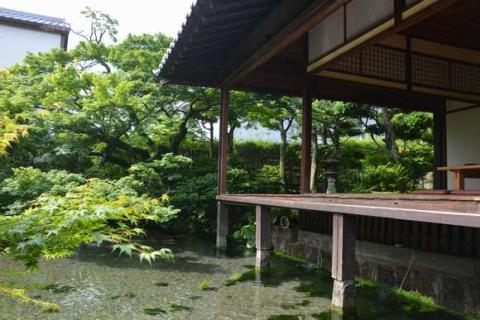
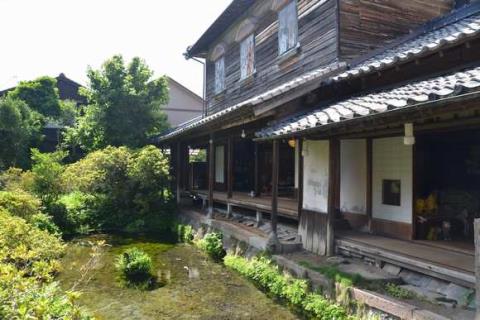
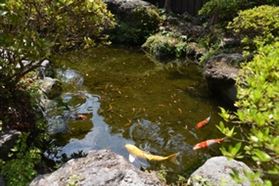
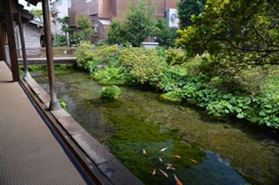
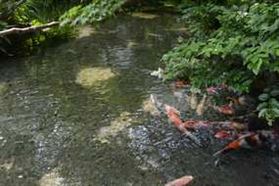
In Shimabara, the abundant spring water was incorporated into people’s houses.
Traditional Japanese-style houses such as the “Yusui-Teien (spring garden) Shimei-So”, “Shimabara Yusui-kan (spring house)”, and
“Shimabara Mizu-Yashiki (water house)” are also open to the public.
All of these residences have spring water incorporated into their garden designs, giving a sense of Japanese beauty.
A City of Swimming Carp
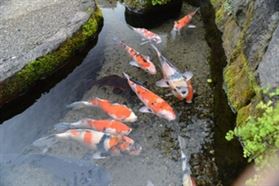
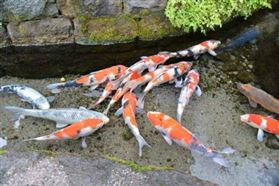
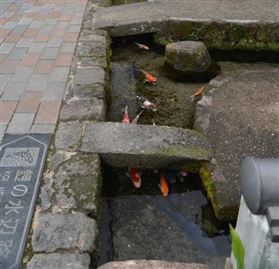
Along Shimabara’s watercourses flows abundant spring water, and the carp swimming in these watercourses bring enjoyment to the people who see them.
The Shinmachi district containing the watercourses filled with carp is an area especially rich in spring water where spring water is said to bubble up in some places after digging a hole just 50cm deep.
Communal Washing Place
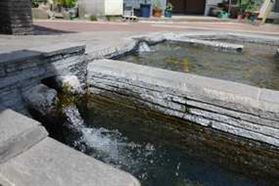
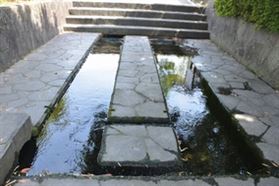
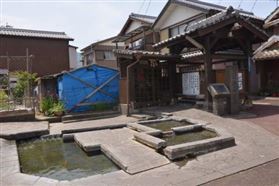
Shimabara’s spring water resources have been managed since the Edo Period and used utilized in residents’ everyday lives.
Even after waterworks systems were constructed, spring water has continued to be used for washing agricultural crops, and even today these communal washing places are cherished and valued by local residents as places for interaction and exchange.
Shirachiko Lake
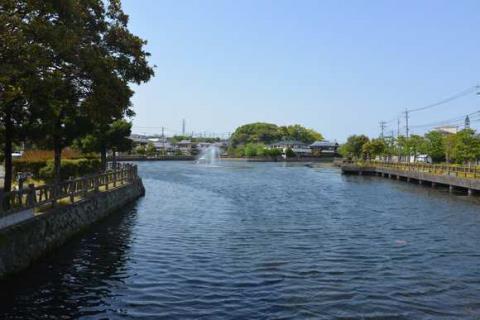
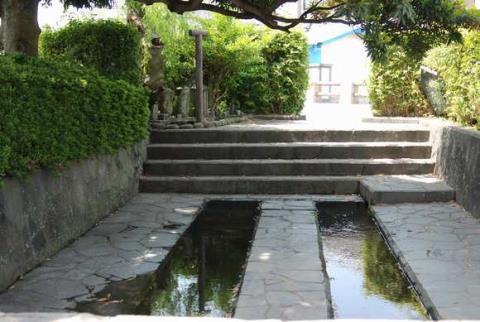
This lake was created in 1792 when a huge amount of groundwater gushed to the surface and filled the depression formed by the “Shimabara Taihen” disaster resulting from the collapse of Mt. Mayuyama.
This flow of spring water continues unabated today, with some 40 thousand tons of water per day bubbling up from the bottom of Shirachiko Lake.
Samurai Residence Waterways
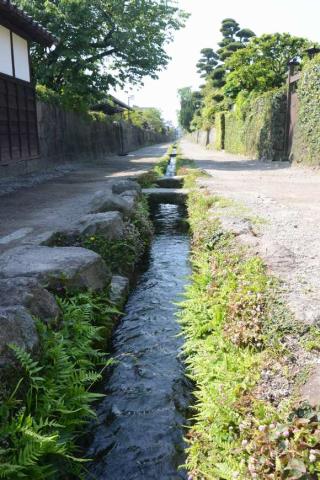
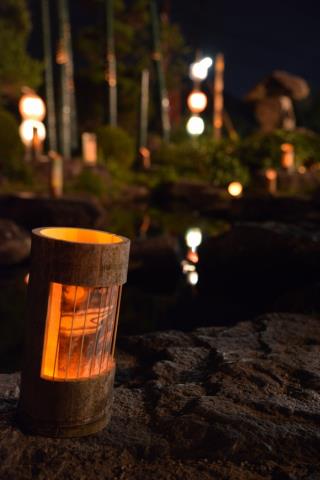
At the beginning of the 17th century, around the time that feudal lord MATSUKURA Shigemasa constructed Shimabara Castle, a district of residences for lower-ranking samurai warriors was constructed in this area on the eastern side of the castle’s outer wall.
At the time, spring water for domestic use such as drinking water was transported from the Mizuno-Gongen (Kumano Shrine) in Sugitani Village—located two kilometers away—via waterways that were constructed for this purpose.
Today, nearly 400 years since then, these samurai residences and the waterways remain unchanged. Because of epidemics of typhus, dysentery, and cholera during the feudal era, domains were especially vigilant about diseases transmitted through river water, which was strictly controlled by river administrators.
Today, these waterways are still beautifully maintained by local residents and visited by many tourists.